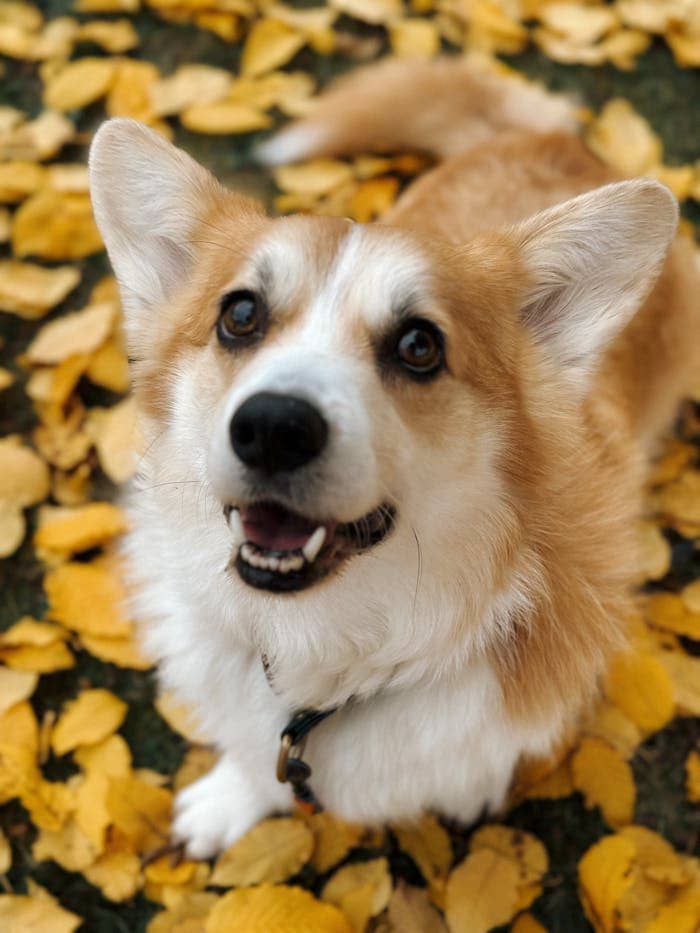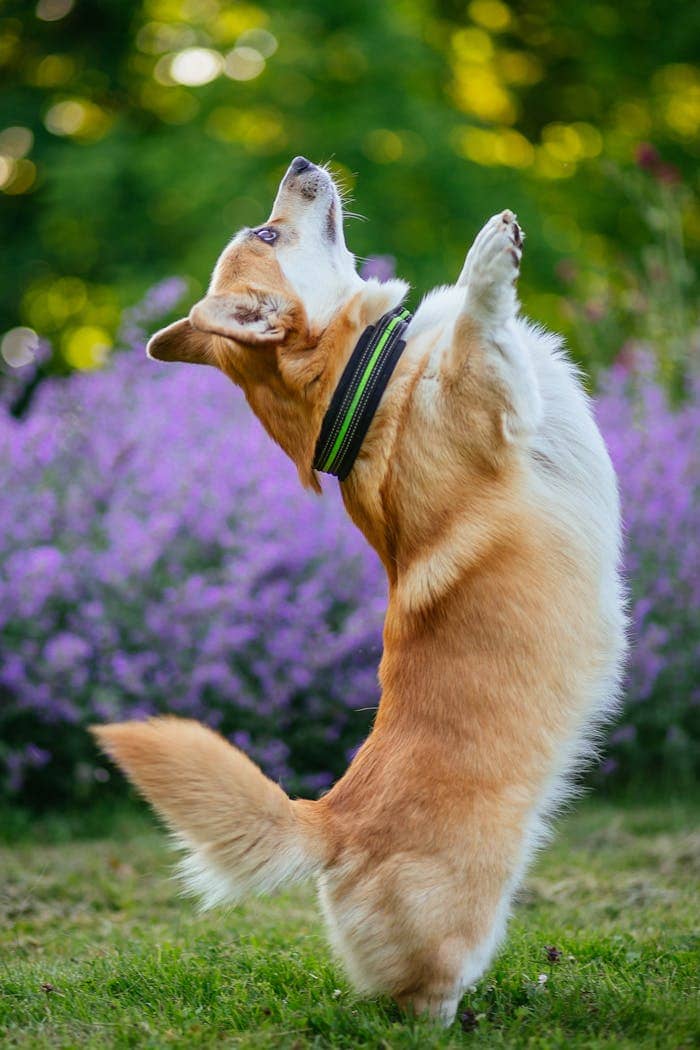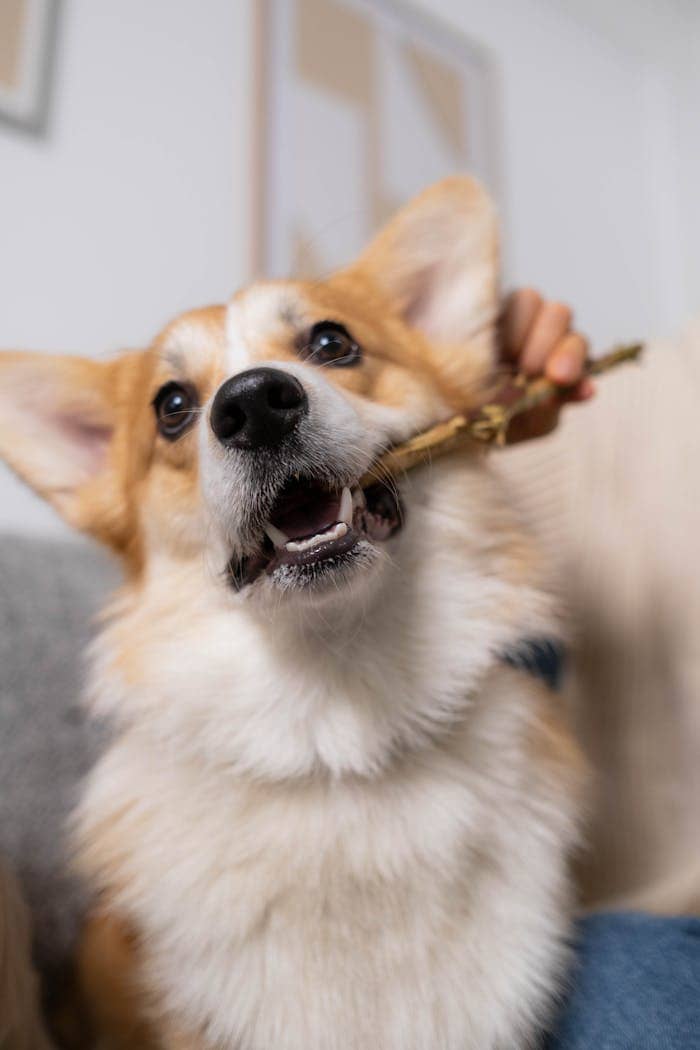The journey of dogs from wild wolves to the diverse array of breeds we see today is a fascinating tale of evolution, human intervention, and cultural shifts. This transformation, spanning thousands of years, has resulted in over 400 recognized dog breeds, each with unique characteristics and purposes.
Ancient Origins
The story of dog breeds begins with the domestication of wolves, a process that likely occurred between 20,000 and 40,000 years ago. These early dogs were not the specialized breeds we know today, but rather generalists that aided humans in hunting, guarding, and companionship. Archaeological evidence suggests that by 9,000 years ago, dogs in Siberia were already being selectively bred for specific purposes, such as sledding and hunting.
Early Specialization
As human societies developed, so did the roles of dogs. Ancient civilizations began to shape canine companions for specific tasks. In Egypt and Western Asia, greyhound-type dogs appeared on pottery and paintings 3,000 to 4,000 years ago, while mastiff-type dogs were bred for guarding and hunting. This period marked the beginning of intentional breeding for desired traits.
The Victorian Explosion
The most significant period in the development of modern dog breeds was the Victorian era (1830-1900). During this time, dog breeding intensified dramatically, driven by the establishment of kennel clubs and dog shows. The Kennel Club in the UK, founded in 1873, played a crucial role in standardizing breeds and documenting pedigrees. This era saw the creation of many breeds we recognize today, with breeders focusing on specific physical and behavioral traits.
Modern Breed Development
The 20th and 21st centuries have seen continued refinement of existing breeds and the creation of new ones. Some modern breeds, like the Bernedoodle (a cross between a Bernese Mountain Dog and a Poodle), are the result of deliberate crossbreeding to combine desirable traits or address health issues. This period has also seen increased attention to genetic health and efforts to mitigate problems caused by excessive inbreeding.
Cultural Significance
Throughout history, dog breeds have been imbued with cultural significance. They have been symbols of status, nationality, and even race[6]. For example, Corgis became associated with British royalty, while the Shih Tzu was prized by Chinese nobility[3]. In Japan, breeds like the Akita and Shiba Inu have become national treasures.
Functional to Aesthetic
While early breeding focused primarily on function – hunting, herding, guarding – modern breeding often emphasizes aesthetics and companionship. This shift reflects changing human lifestyles and the evolving role of dogs in society. Today, many breeds serve primarily as pets, valued for their appearance and temperament rather than their working abilities.
Genetic Insights
Recent genetic studies have provided new insights into breed history. Research has shown that most modern breeds were developed in the last 200 years, often from small founding populations. This has led to unique genetic signatures in different breeds, but also to some health issues due to limited genetic diversity.
Conclusion
The evolution of dog breeds is a testament to the enduring bond between humans and canines. From their origins as wolf-descendants to the vast array of breeds today, dogs have adapted alongside us, shaped by our needs and desires. As we continue to learn more about canine genetics and health, the future of dog breeding is likely to focus on maintaining the diversity and well-being of these beloved companions while preserving the unique characteristics that make each breed special.


